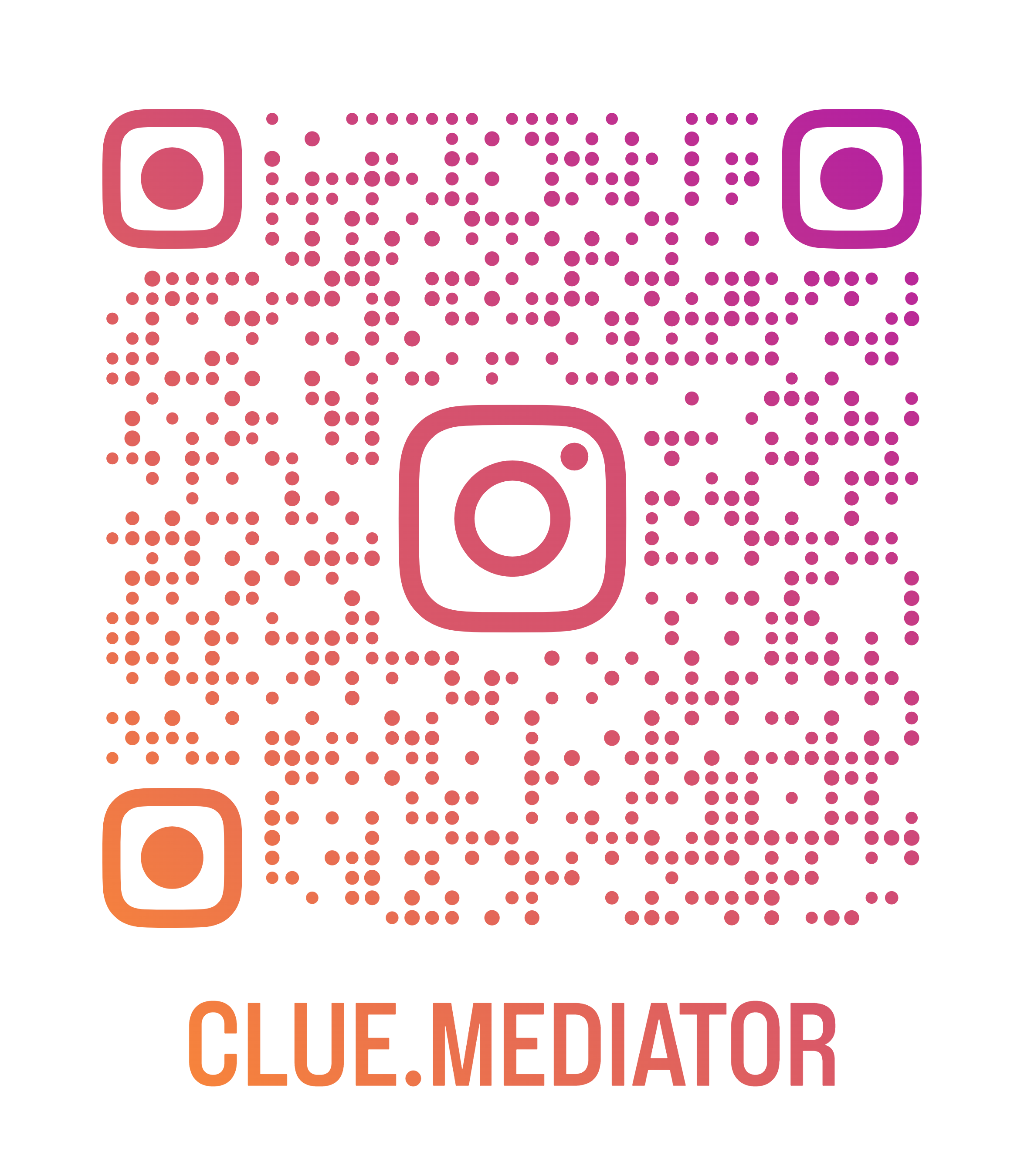A Beginner's Guide to Dictionaries, Tuples, and Sets in Python
Hey there, future Pythonista! 🐍 Ready to dive into the world of Python dictionaries, tuples, and sets? These are some super cool and useful data types that you’ll be using a lot as you grow your coding skills. Let’s break these down into simple, digestible pieces so you can start using them in your projects today!
Understanding Python Data Types
- Dictionaries
- Tuples
- Sets
1. Dictionaries
Imagine a dictionary you use in real life — filled with words and meanings. Well, Python dictionaries work pretty much the same way. In a Python dictionary, you store data as key-value pairs. This means you can access your data in a superbly efficient way!
Key Features:
- Keys: These are unique identifiers for items you want to store. Example:
"name" - Values: These are the data associated with a key. Example:
"Alice"
Example:
# Creating a dictionary
student_info = {
"name": "Alice",
"age": 25,
"course": "Python Programming"
}
print(student_info["name"]) # Outputs: Alice
2. Tuples
Next up, we have tuples! These are like lists, but with a twist: they're immutable. That’s just a fancy way to say you can’t change them once they’re created. This can be super handy when you want to ensure some data stays constant.
Key Features:
- Immutable: Once created, their elements cannot be changed.
- Ordered: The order of elements is maintained.
Example:
# Creating a tuple
colors = ("red", "green", "blue")
print(colors[1]) # Outputs: green
3. Sets
Lastly, let's talk about sets. A Python set is a collection of items that are unordered and have no duplicate elements. Sets are great when you want to ensure all items are unique.
Key Features:
- Unordered: Items do not have a fixed order.
- No Duplicates: Automatically removes duplicates.
Example:
# Creating a set
fruits = {"apple", "banana", "cherry", "apple"}
print(fruits) # Outputs: {'apple', 'banana', 'cherry'}
Wrapping It Up
There you have it! Dictionaries, tuples, and sets are fundamental building blocks in Python. They offer you a variety of ways to store and manage data efficiently, each suited to different types of tasks. Master these, and you’ll be well on your way to “Python pro” status.
Happy coding! 🎉
